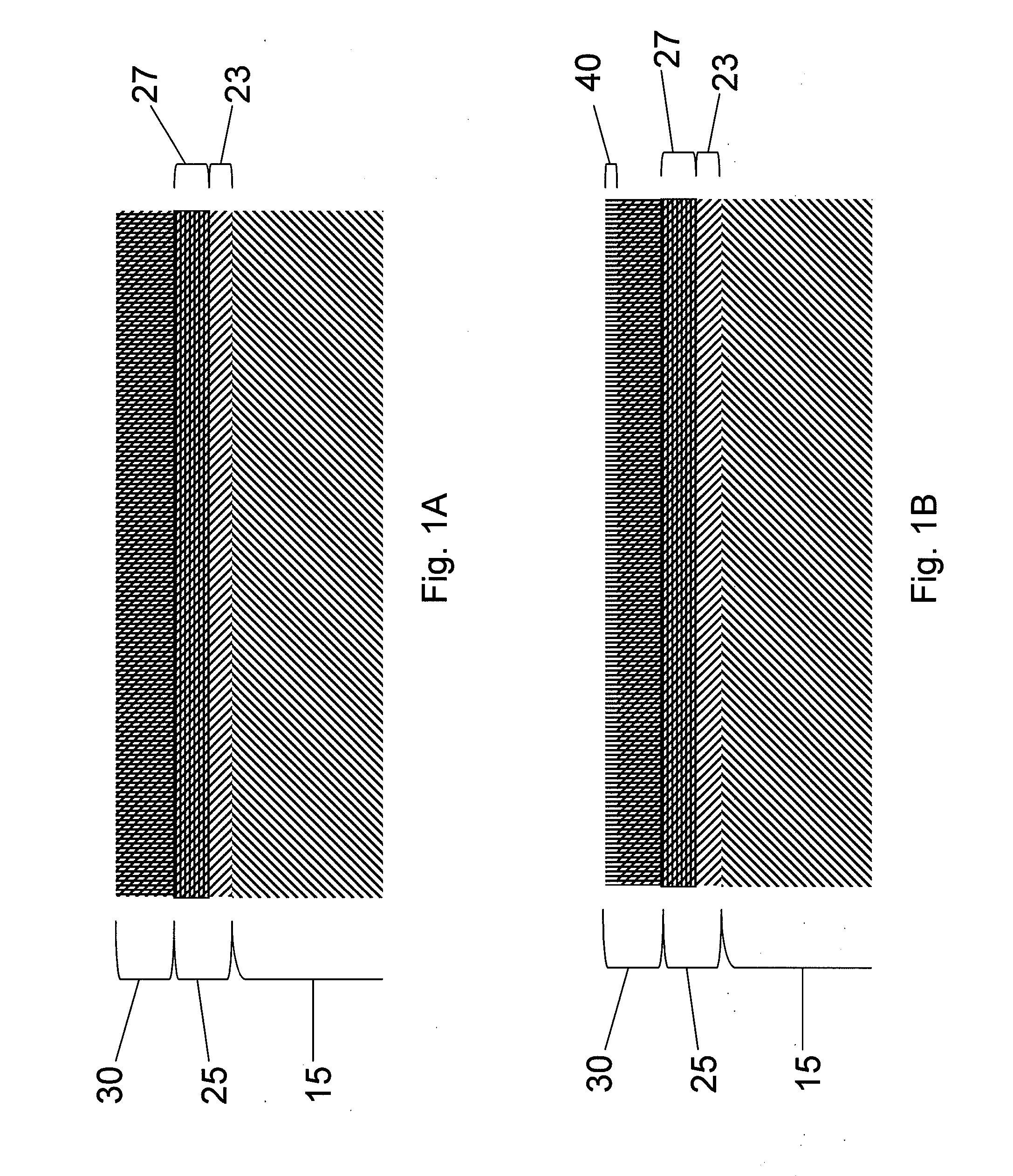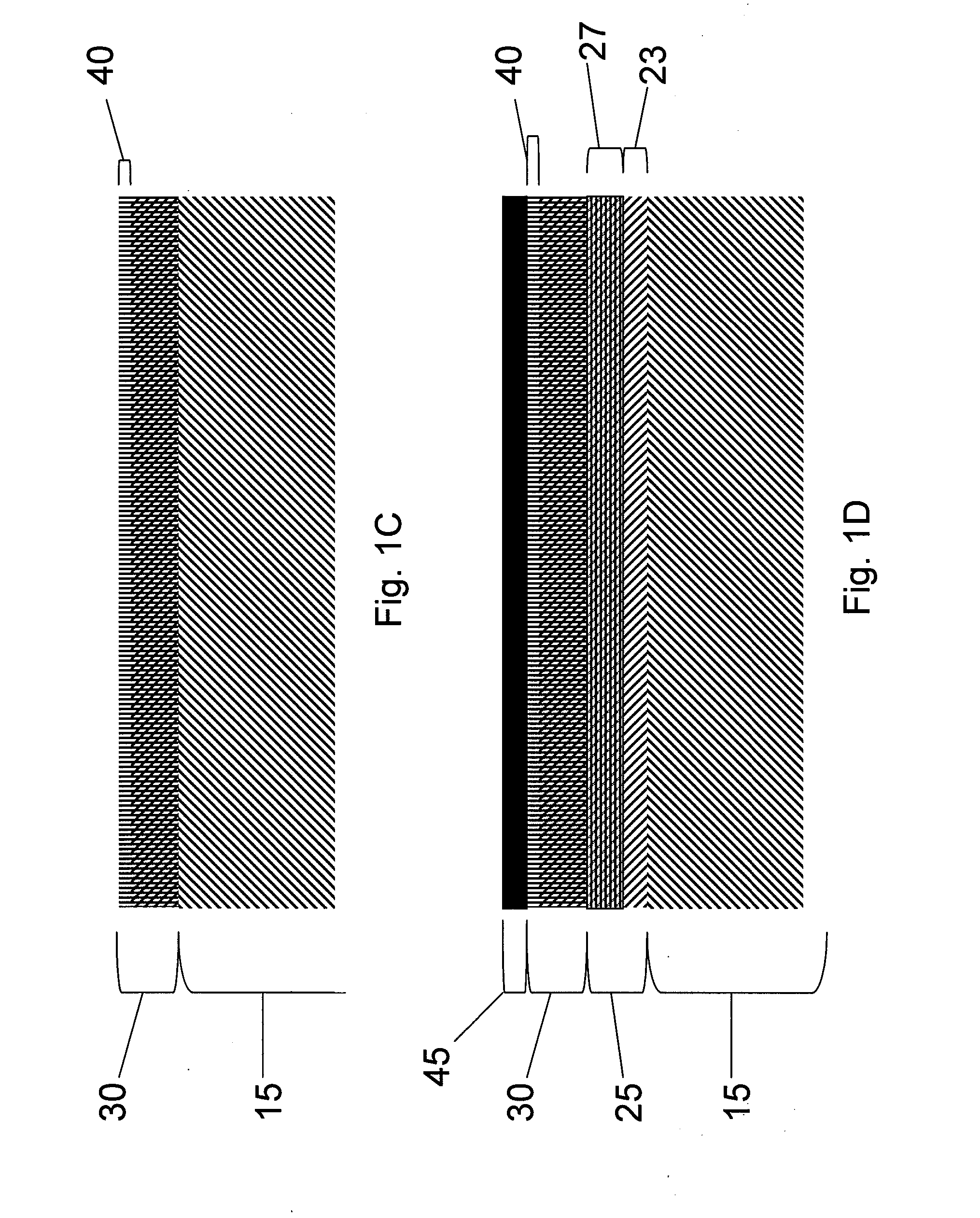Implantable devices having textured surfaces and methods of forming the same
a technology of textured surfaces and implants, which is applied in the field of implants having textured surfaces and methods of forming the same, can solve the problems of impeded blood passage, achieve the effects of facilitating re-endothelialization, facilitating re-endothelialization, and enhancing adhesiveness
- Summary
- Abstract
- Description
- Claims
- Application Information
AI Technical Summary
Benefits of technology
Problems solved by technology
Method used
Image
Examples
Embodiment Construction
[0055]The accompanying drawings are described below, in which example embodiments in accordance with the present invention are shown. Specific structural and functional details disclosed herein are merely representative. The invention may be embodied in many alternative forms and should not be construed as limited to the example embodiments described herein. It will be understood that the drawings are not intended to accurately reflect relative proportions of layer thicknesses but rather to illustrate the general order of layer positions.
[0056]Accordingly, specific embodiments are shown by way of example in the drawings. It should be understood, however, that there is no intent to limit the invention to the particular forms disclosed herein, but to the contrary, the invention is to cover all modifications, equivalents, and alternatives falling within the spirit and scope of the claims.
[0057]It will be understood that, although the terms first, second, etc. may be used herein to desc...
PUM
| Property | Measurement | Unit |
|---|---|---|
| thickness | aaaaa | aaaaa |
| thicknesses | aaaaa | aaaaa |
| thicknesses | aaaaa | aaaaa |
Abstract
Description
Claims
Application Information
 Login to View More
Login to View More - R&D
- Intellectual Property
- Life Sciences
- Materials
- Tech Scout
- Unparalleled Data Quality
- Higher Quality Content
- 60% Fewer Hallucinations
Browse by: Latest US Patents, China's latest patents, Technical Efficacy Thesaurus, Application Domain, Technology Topic, Popular Technical Reports.
© 2025 PatSnap. All rights reserved.Legal|Privacy policy|Modern Slavery Act Transparency Statement|Sitemap|About US| Contact US: help@patsnap.com



